Vintage Stangl Peach dish NOT SAFE FOR FOOD USE: 504,700 ppm Lead on the food surface (in the glaze). 90 ppm & up is unsafe for kids.
Introduction:
Tamara Rubin is a Federal award winning independent advocate for consumer goods safety and childhood Lead poisoning prevention. She is also a mother of Lead-poisoned children. She began testing consumer goods for toxicants in 2009, and was the parent-advocate responsible for finding Lead in the popular fidget spinner toys in 2017. She uses XRF testing (a scientific method used by the Consumer Product Safety Commission) to test consumer goods for metallic toxicants (including Lead, Cadmium, Mercury and Arsenic). To read more about the testing methodology employed for the test results reported on this blog, please click this link.
First – A Video!
Here’s a short (3-minute) video I made in which I discuss this dish and test it for Lead using a LeadCheck Swab. It is important to note that MOST dishes will not test positive with a LeadCheck Swab even if they are positive for high levels of Lead. Those that do are especially dangerous. The swabs were not designed to test dishes (you can read more about that on this link.) Because the swabs were specifically designed to test for Lead in house paint, IF a dish does not test positive with a swab that does not mean it is necessarily safe and it also does not mean the swabs do not work.
Full XRF Test Results For The Dish Pictured
60-second test
Test on the food surface of the Stangl brand vintage / antique dish pictured
- Lead (Pb): 504,700 +/- 14,000 ppm
- Cadmium (Cd): 548 +/- 44 ppm
- Mercury (Hg): non-detect
- Bromine (Br): non-detect
- Chromium (Cr): 1,375 +/- 189 ppm
- Iron (Fe): 1,561 +/- 125 ppm
- Nickel (Ni): 175 +/- 64 ppm
- Copper (Cu): 946 +/- 125 ppm
- Zinc (Zn): 284 +/- 35 ppm
- Tin (Sn): 11,200 +/- 300 ppm
- Antimony (Sb): 56,500 +/- 1,600 ppm
- Barium (Ba): 7,496 +/- 364 ppm
- No other metals detected
This is what a LeadCheck swab looks like when used on this plate (the bright red/pink one on the left is from this dish, the light pink result on the right is from a newer glass Pyrex bottle that had Lead paint on the outside – paint that came in at about 19,000 ppm Lead – link):
Some additional reading that may be of interest
- More Stangl brand dishes I have tested (with their respective test results)
- Items you can test reliably with a LeadCheck Swab
- Lead Safe Mama’s affiliate link for LeadCheck Swabs
- Items you really need to use XRF technology for – in order to test for Lead.
- Testing methodologies used for the reporting on this blog
As always, thank you for reading and for sharing my posts. Please let me know if you have any questions and I will do my best to answer them personally as soon as I have a moment.
Tamara Rubin
#LeadSafeMama
Amazon links are affiliate links. If you purchase something after clicking on one of our links Lead Safe Mama, LLC may receive a small percentage of what you spend – at no extra cost to you.
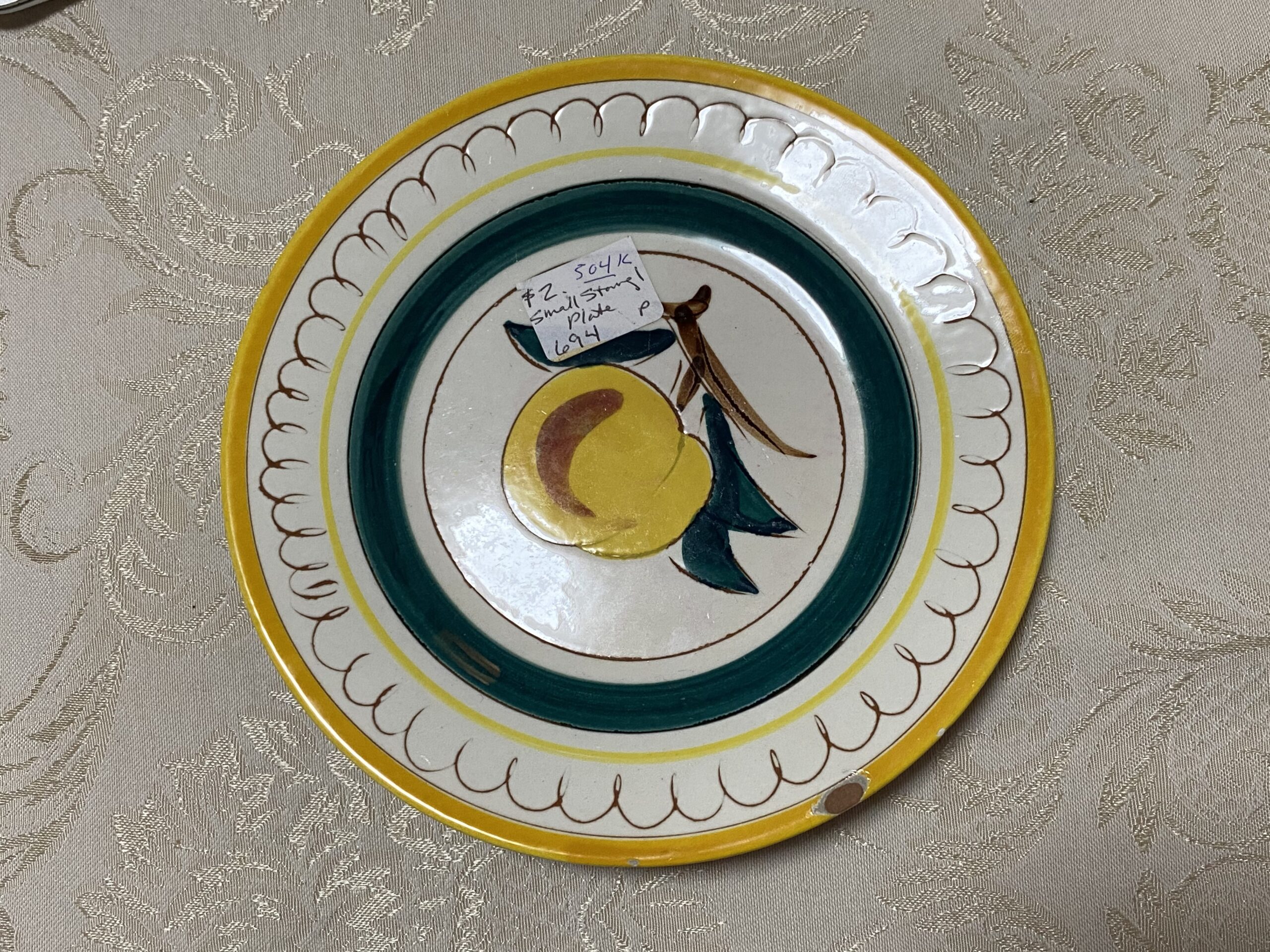
Never Miss an Important Article Again!
Join our Email List


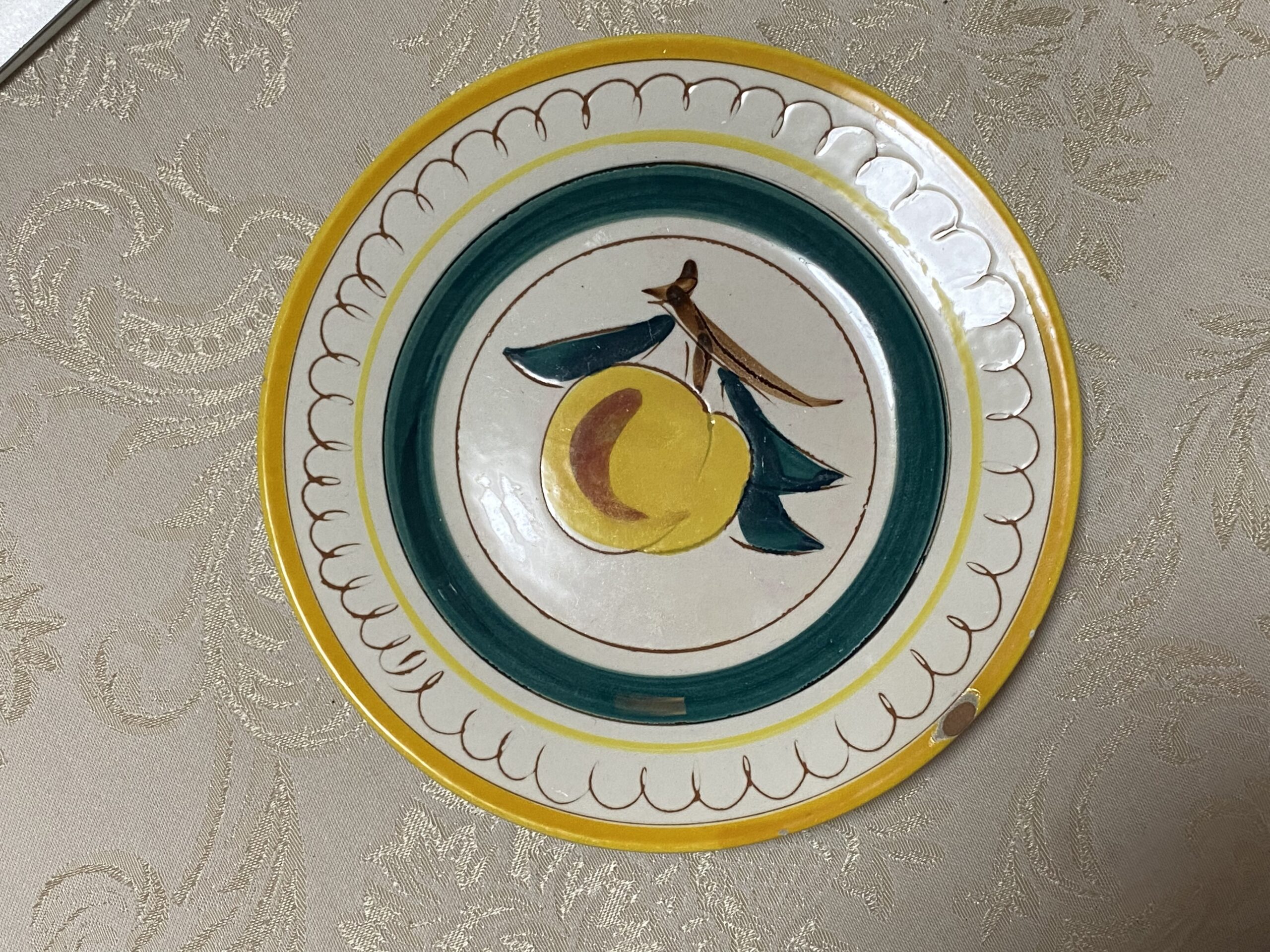
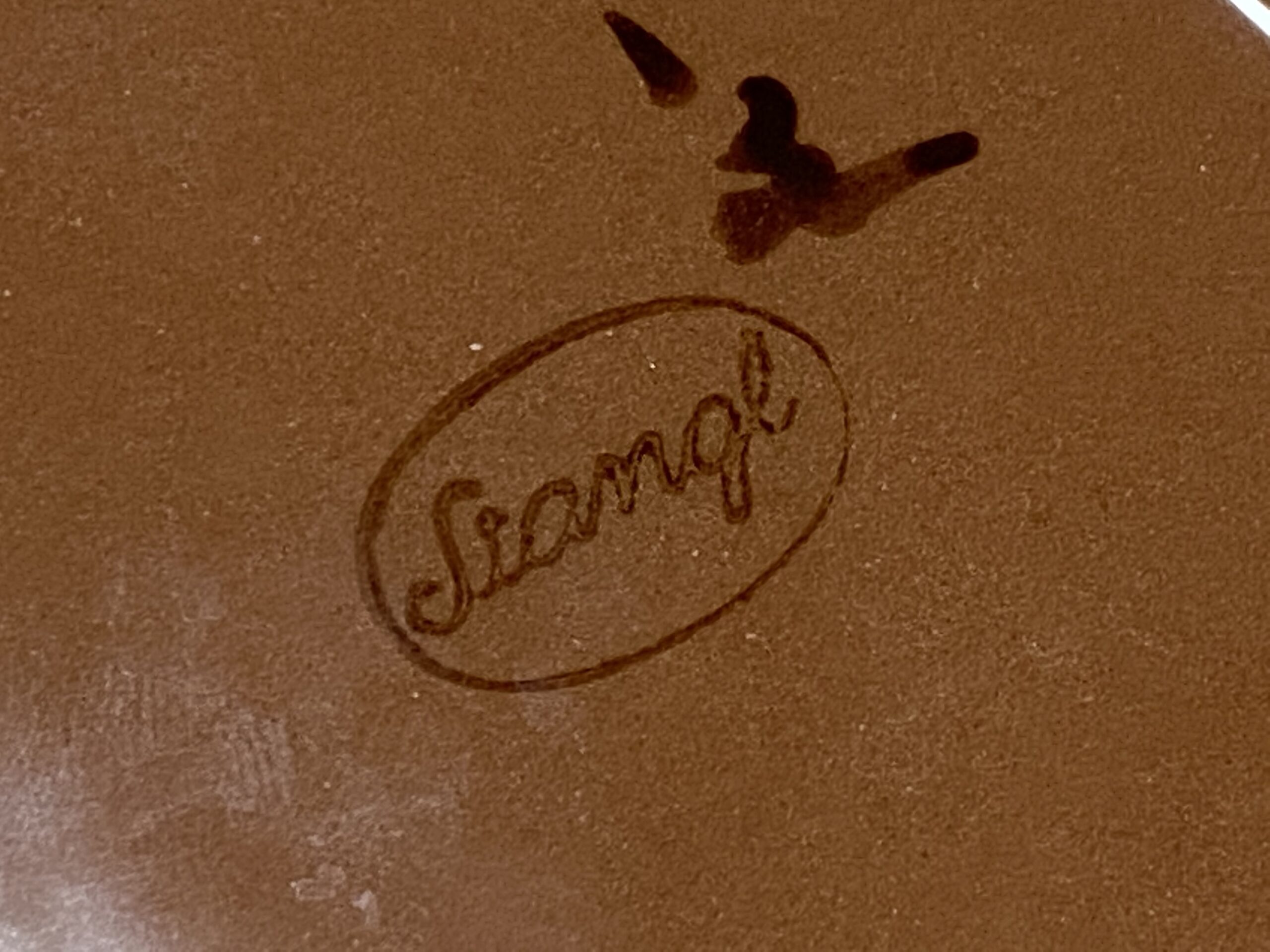
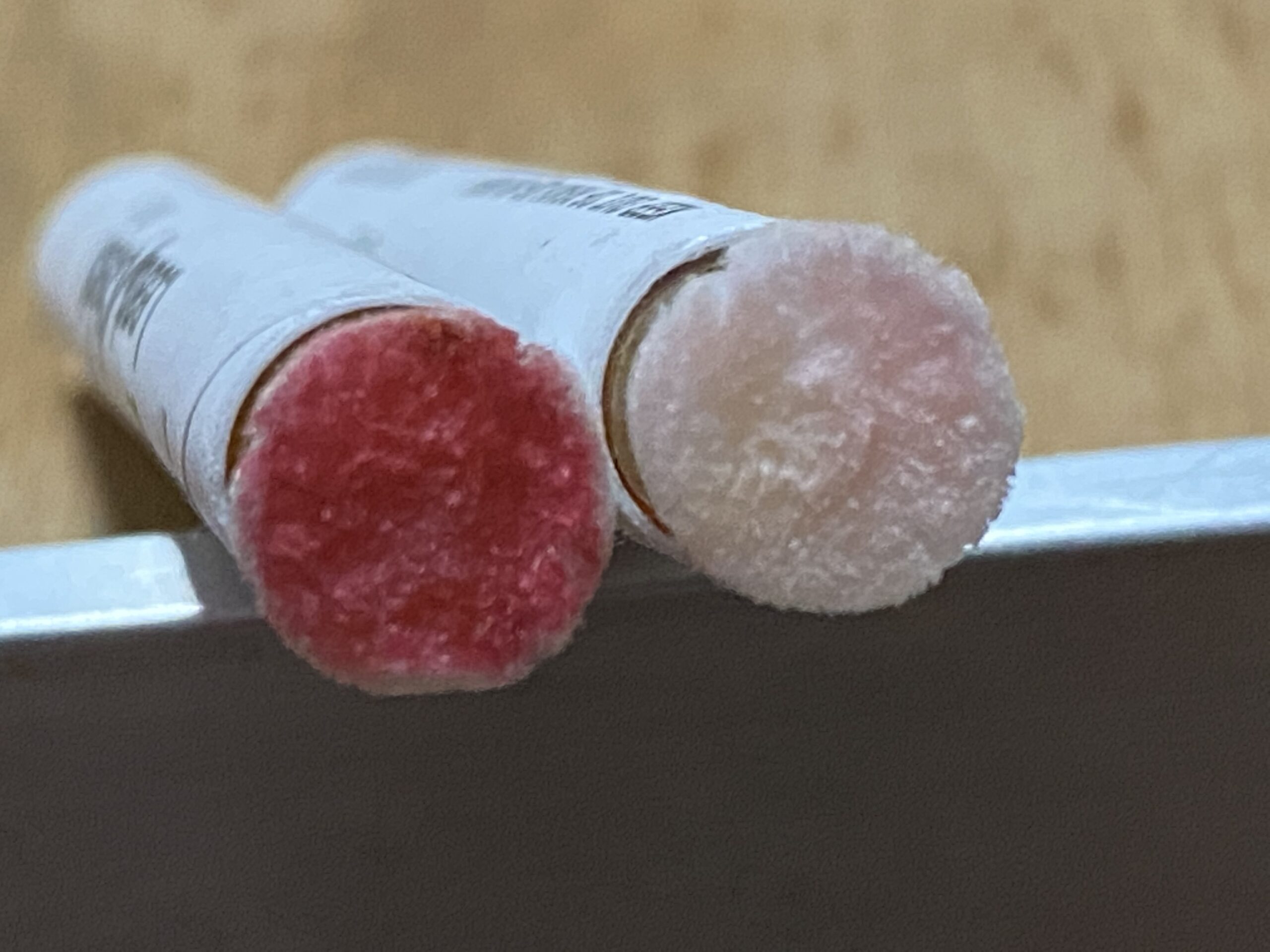
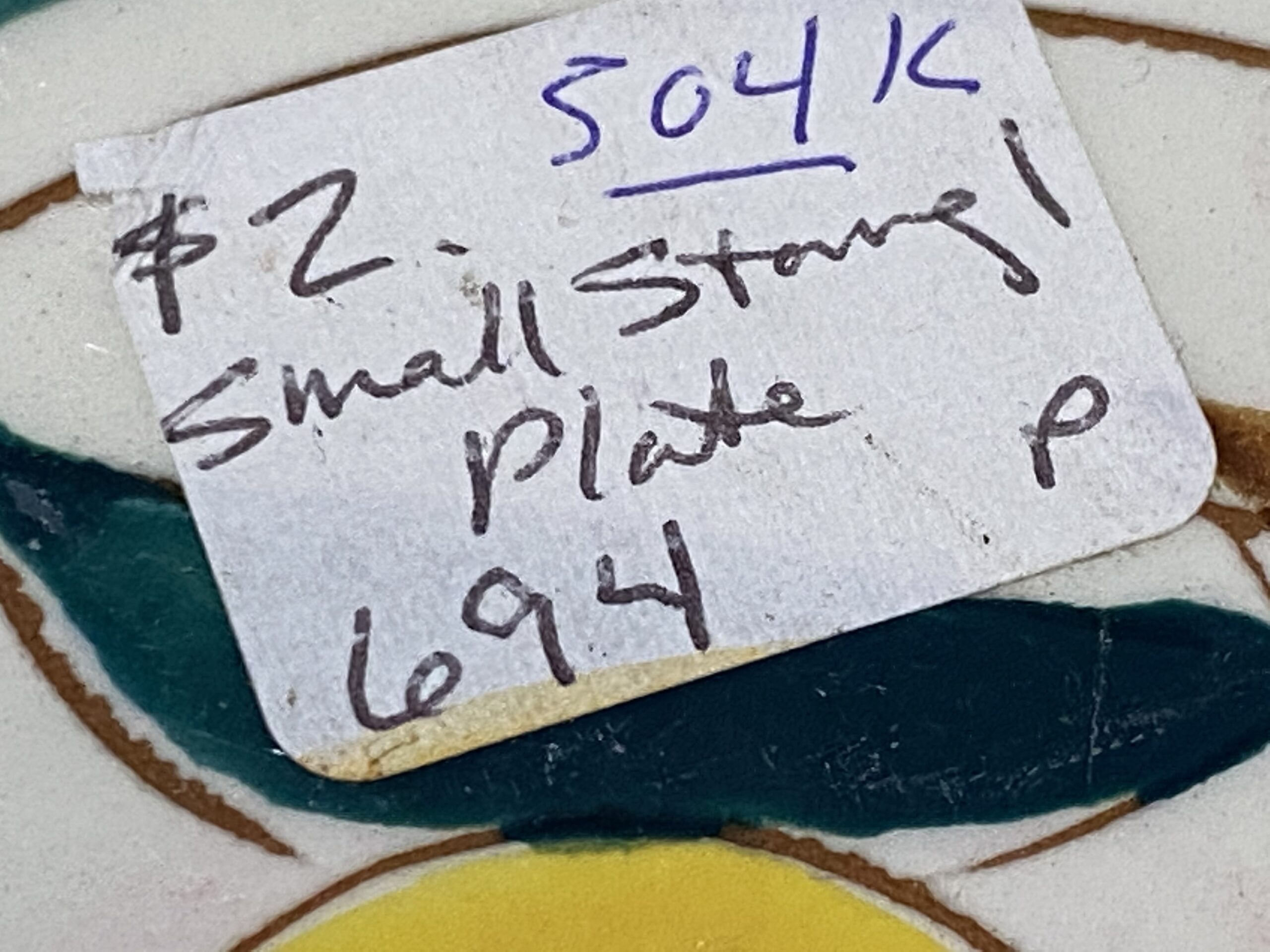

I think that, at least, second hand sellers should put a warning on all old ceramic table ware suggesting that they are not used for food until a leach test has confirmed that no significant lead is released in normal use.
Ah – you are coming around! 🙂
T
I was thinking that XRF testing could be a screening method followed by leach testing. How much does it cost per XRF test? I guess it depends on the volume, but what does it typically cost you to rent an XRF scanner and how many tests do you do over each rental period?
So far my income is not covering my costs on this testing… It would be a good exercise for me to do (figure out how much each thoroughly tested item costs me to test- including related peripheral costs/ overhead costs.) Others charge about $70 per test (on average) – there are a lot of variables with testing. I expect the cost to me is likely in the $75 per item range for thoroughly tested items (vs. speed testing of items.)
T
Leach testing would cost $30 per item, excluding postage, and give a better indication of the real exposure risk – although this could change over time with wear.
Feel free to publish a link to a lab that charges $30 per test for leach testing. I have not found one that inexpensive as of yet.
T
People need to understand that just because a LeadCheck Swab might not turn bright red with a dish – that does not mean the dish is safe.
t
I feel you need to expand and explain the risk. I guess you are thinking that LeadCheck is not sensitive enough. In the worst case LeadCheck could miss 5000 ppm. The question would then be how much material could be removed from a surface during normal use. 5000 ppm would be 5 µg in 1 mg. That exceeds the recommend intake for a child, but is just a guess.
How much material do you think can come off a ceramic surface?
The statement ‘Antique shops to provide warnings on furniture, ceramics, doors, toys, etc.” has been on our manifest for a lead safe UK for a while:
https://leadsafeworld.com/wp-content/uploads/2021/07/A-Manifesto-for-a-Lead-Safe-UK.pdf
I found BSC Labs, 204 Line Road, Kennett Square, PA 19348, 610 444 9850
https://bsclab.com/home-page
I will forward an email from them with more details.
Is stangl pottery magnolia pattern safe to use?
I would not expect so. It is probably very high lead. Here’s how to send something in for testing and reporting on this website:
https://tamararubin.com/2019/08/tamara-can-i-send-you-one-of-my-dishes-to-test-for-lead/
Tamara